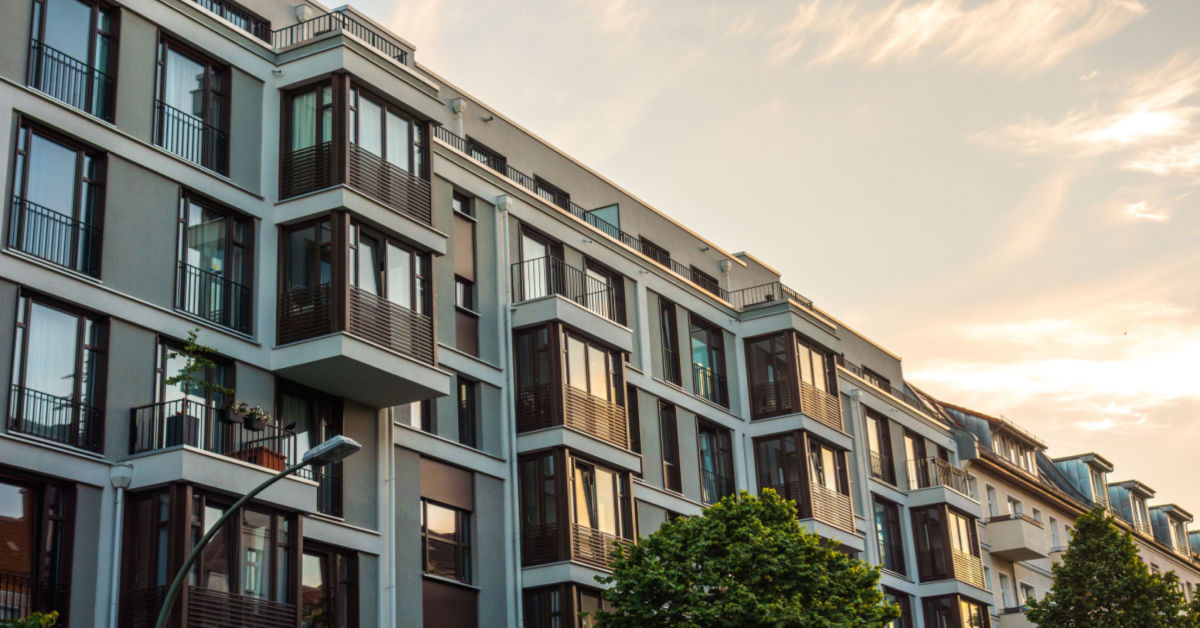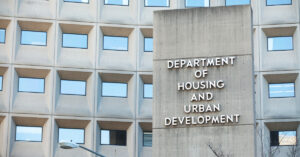The U.S. apartment sector showed signs of significant slowing in third-quarter 2022, with asking rents decreasing from the prior quarter in 30 of the 40 largest multifamily markets. That’s according to Apartments.com, a leading online apartment listing service.
The company’s rent-growth report for the third quarter showed that the multifamily sector, one of the strongest areas of commercial real estate since the outbreak of the COVID-19 pandemic, has sustained a “stark reversal of fortune.” This includes rent decreases across the nation, a major slowdown in previously sizzling Sun Belt markets and a glut of new apartments flooding the market.
Jay Lybik, national director of multifamily analytics for the CoStar Group, parent company of Apartments.com, said that after four quarters of new apartment supply outpaced demand, the market saw asking rents decline by 0.4% between the second and third quarters. Lybik said that with an estimated 110,000 new units to be delivered in the fourth quarter of this year, “all signs point to rent growth slowing even faster than initially projected by the end of the year.”
In the third quarter, U.S. asking rents declined by an average of $7, dropping from $1,641 to $1,634, while the national vacancy rate jumped by 30 basis points to reach 5.4% at the end of September. The third quarter saw renters move into 64,000 of the estimated 120,000 new apartments on the market. The large number of unoccupied units reflects a major shift in market conditions from 2021 when demand outpaced supply. On a year-over-year basis, asking rents remained 5.8% higher in Q3 2022, but the pace of growth declined from the 9.4% figure of Q2 2022.
Sun Belt markets, which had seen some of the largest rent increases in recent years, also experienced some of the steepest declines in the third quarter. Orlando rents fell the most, dropping by 2% or $27 compared to the prior quarter. Austin was next, falling by 1.9%, and it was followed by Las Vegas and Nashville, both down 1.8% on a quarterly basis.
The nine markets that saw quarterly rent increases were led by St. Louis, up 1.1%. Rents in Cincinnati rose 0.6% while Northern New Jersey and Cleveland were each up 0.5%.
Month-over-month rental data for September showed 31 of the 40 largest markets registering declines in rents. San Jose, Orlando, Nashville, San Francisco and Seattle each recorded decreases of at least 1%. And with the Sun Belt expecting record new apartment deliveries this year, Apartments.com predicted that vacancy rates will continue rising during the fourth quarter of this year, pushing rent growth even lower.






